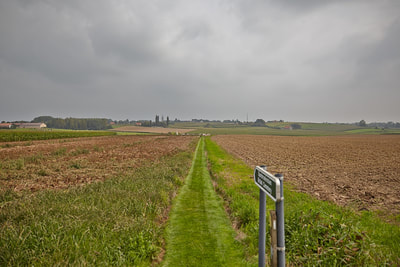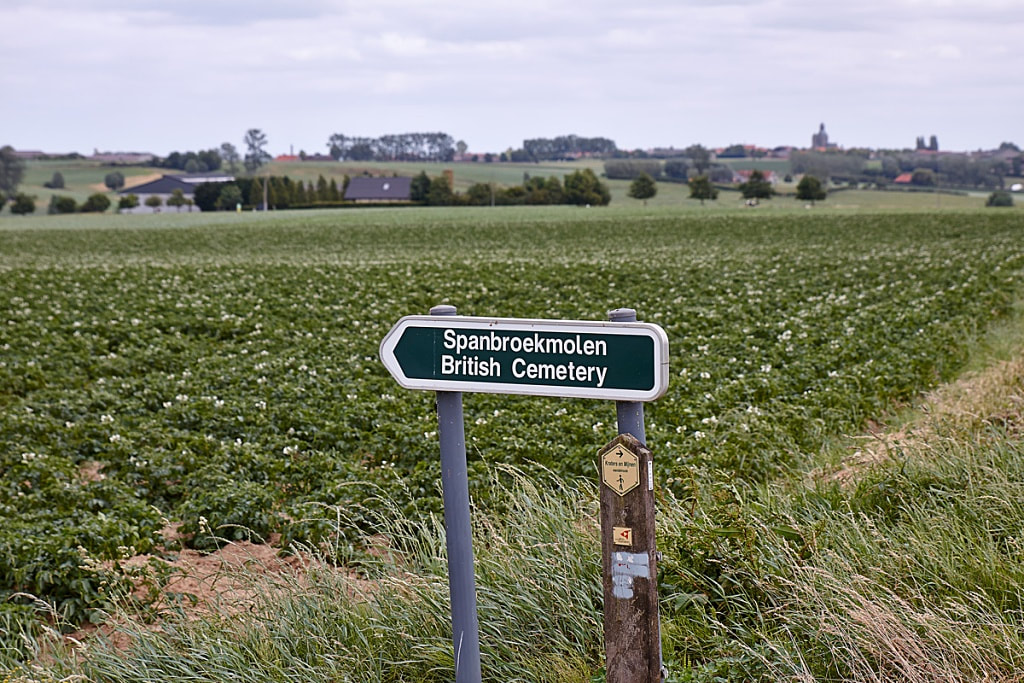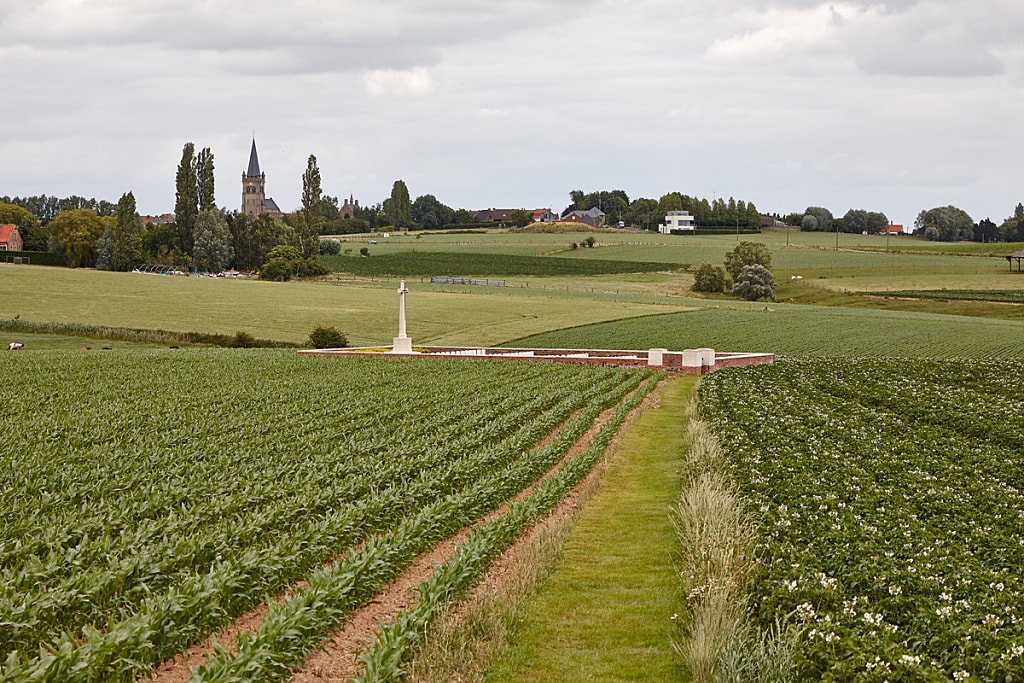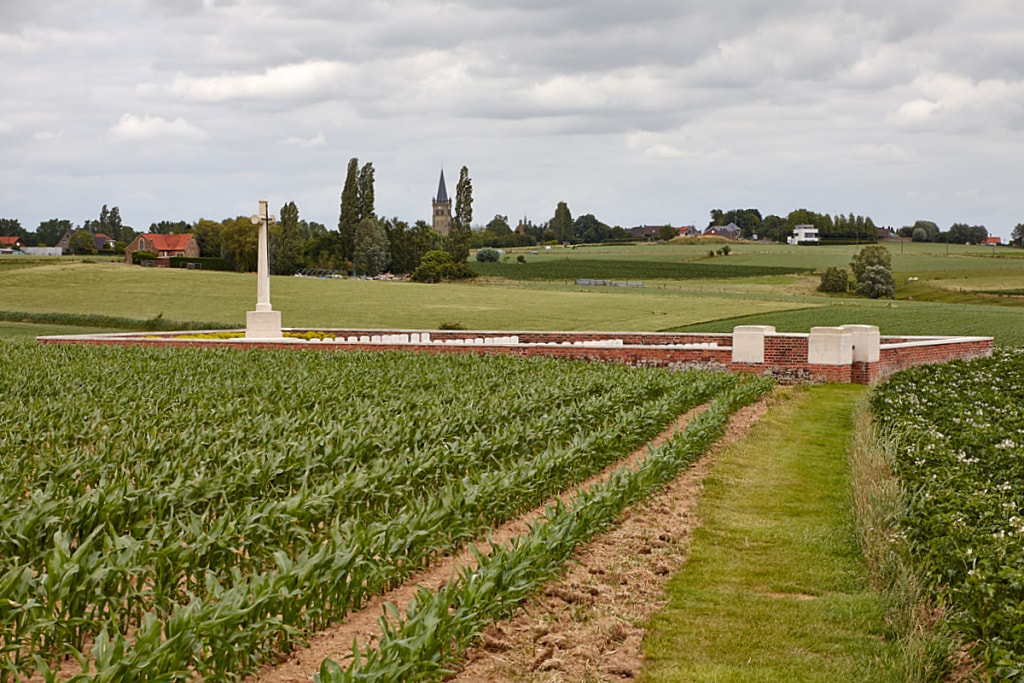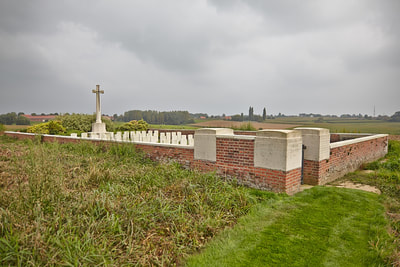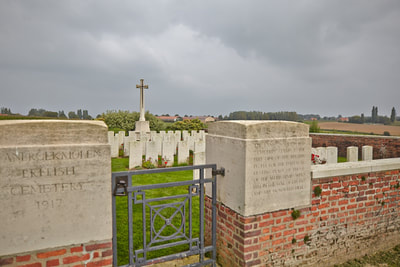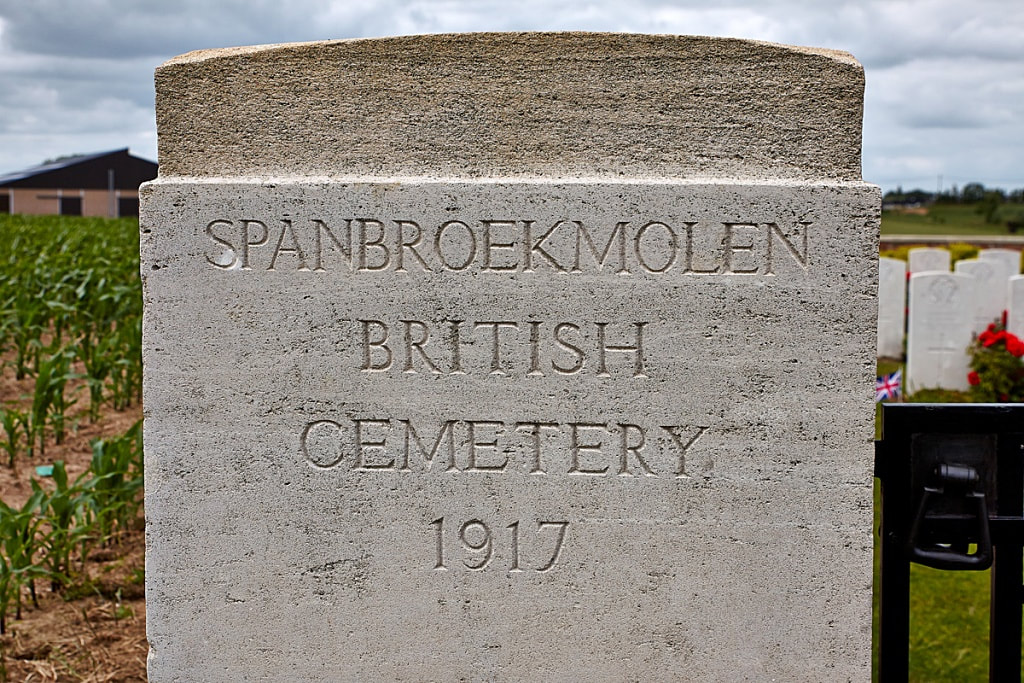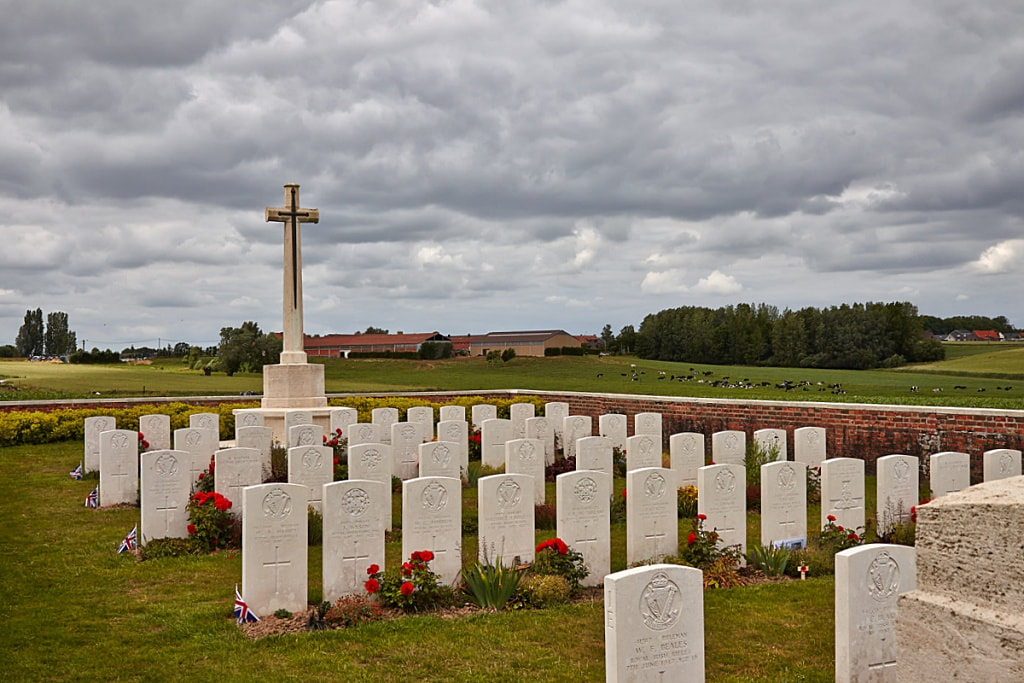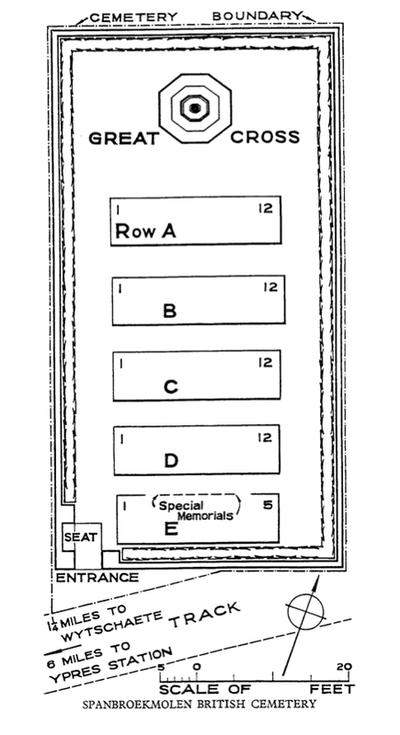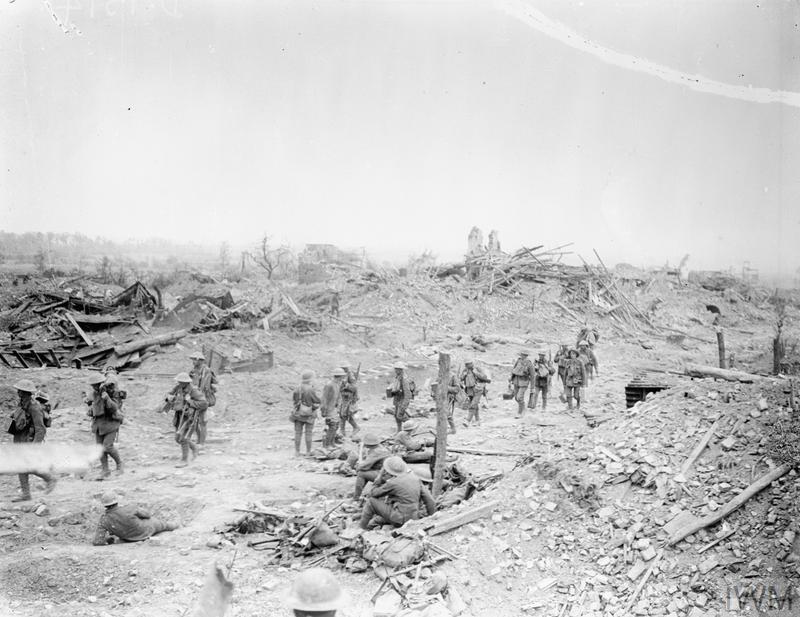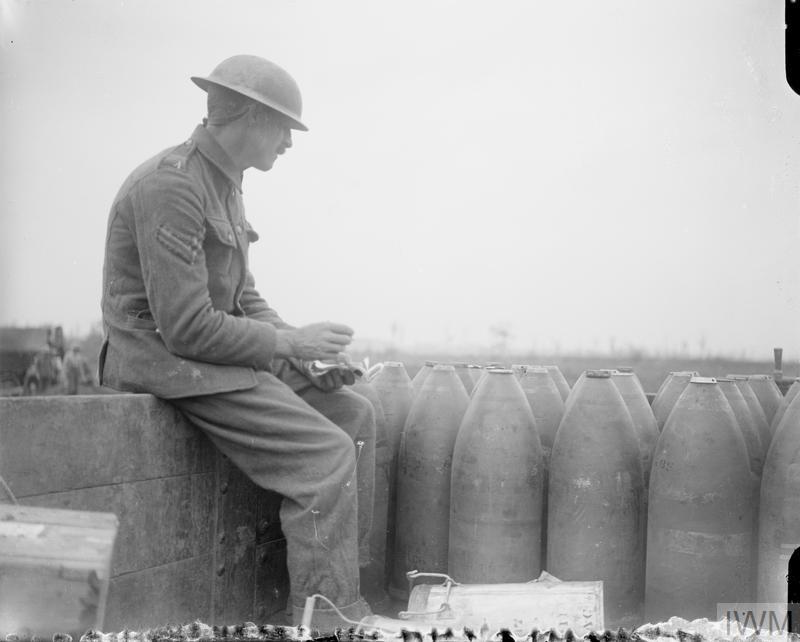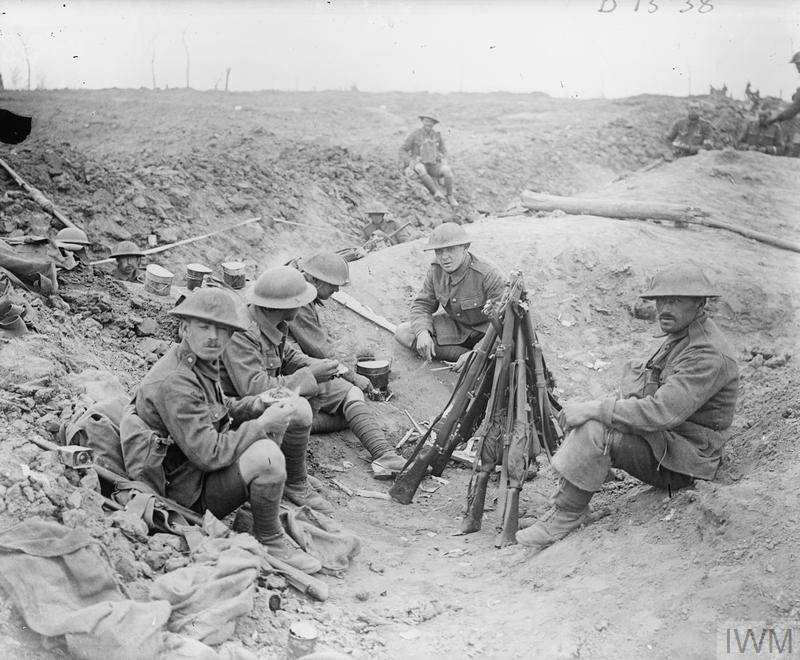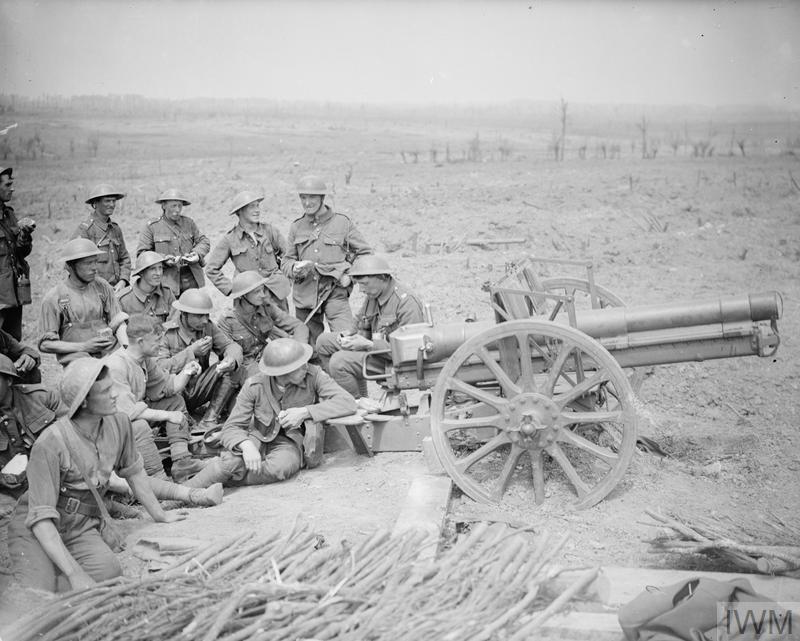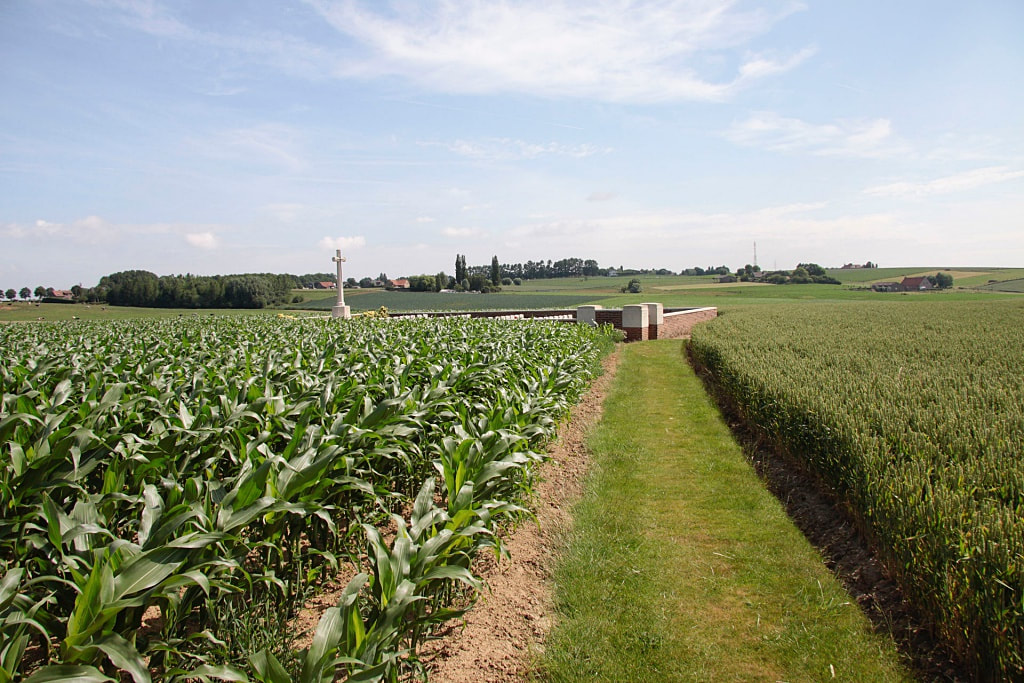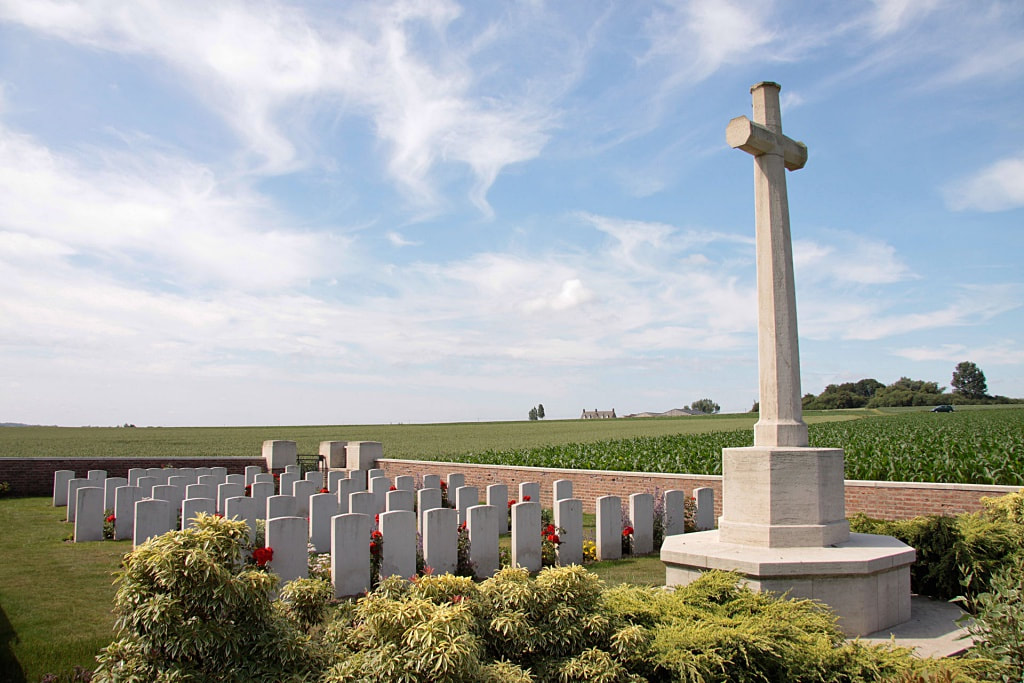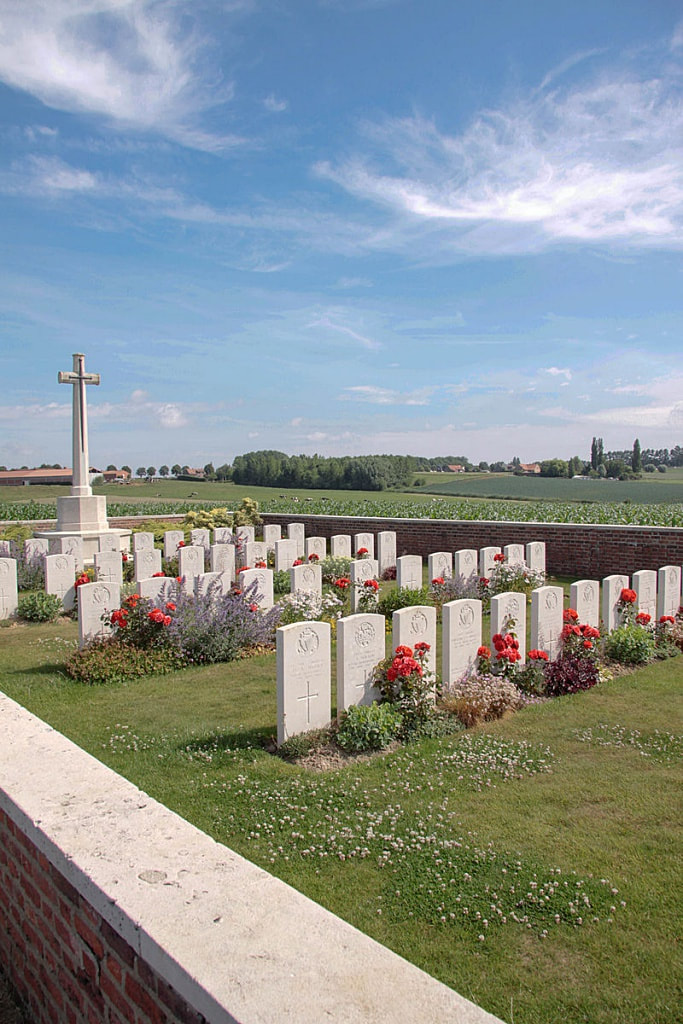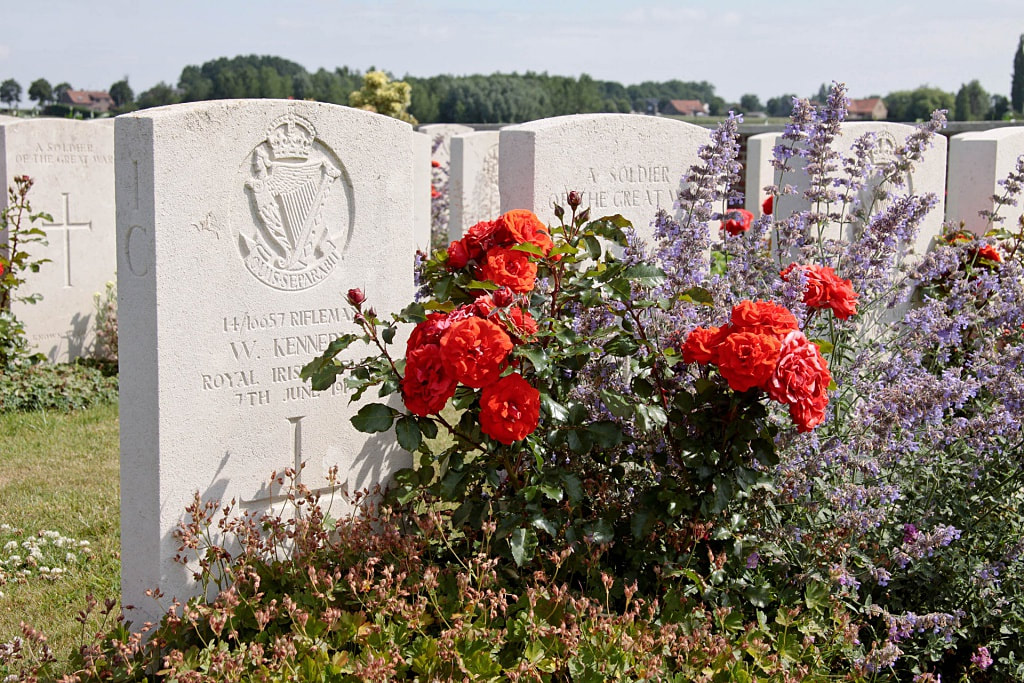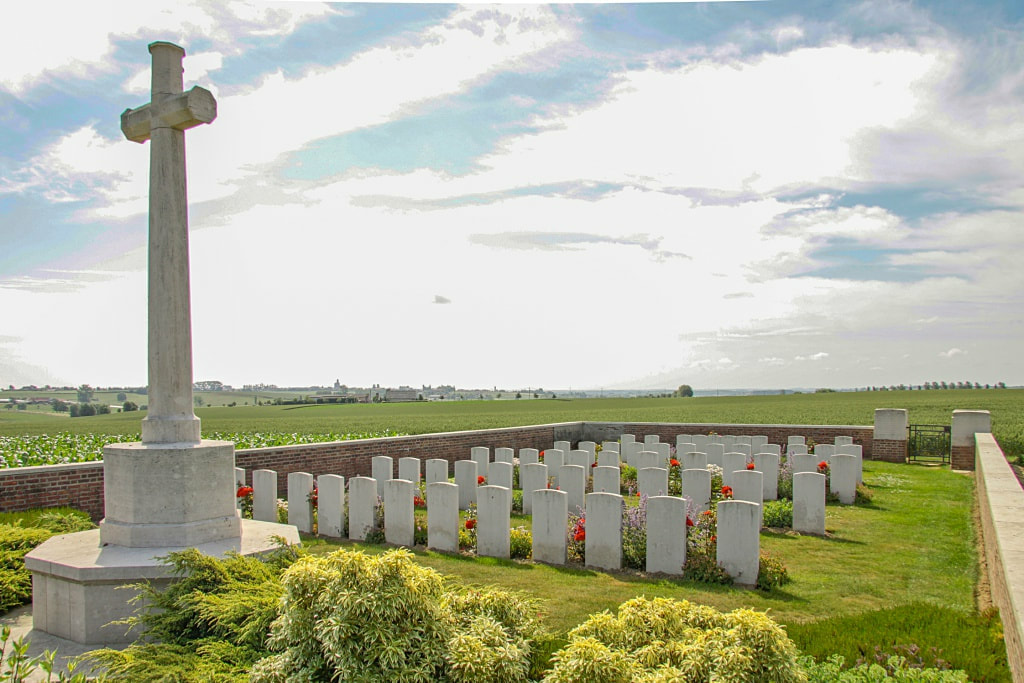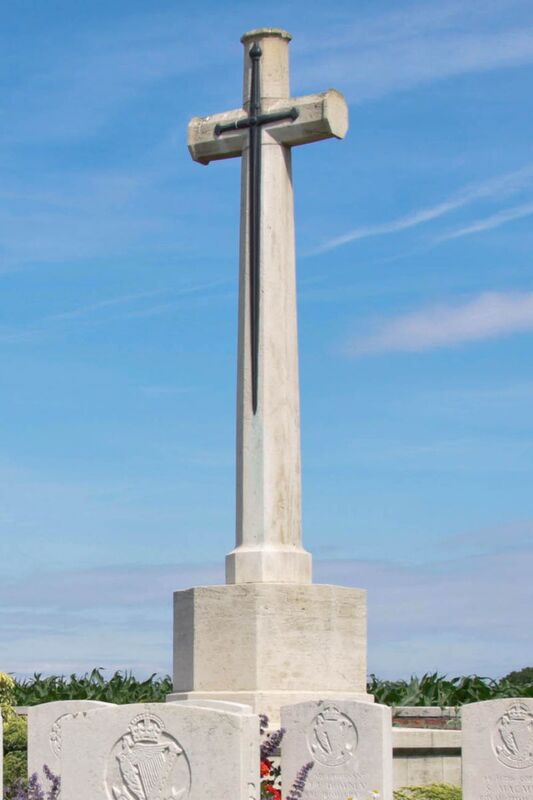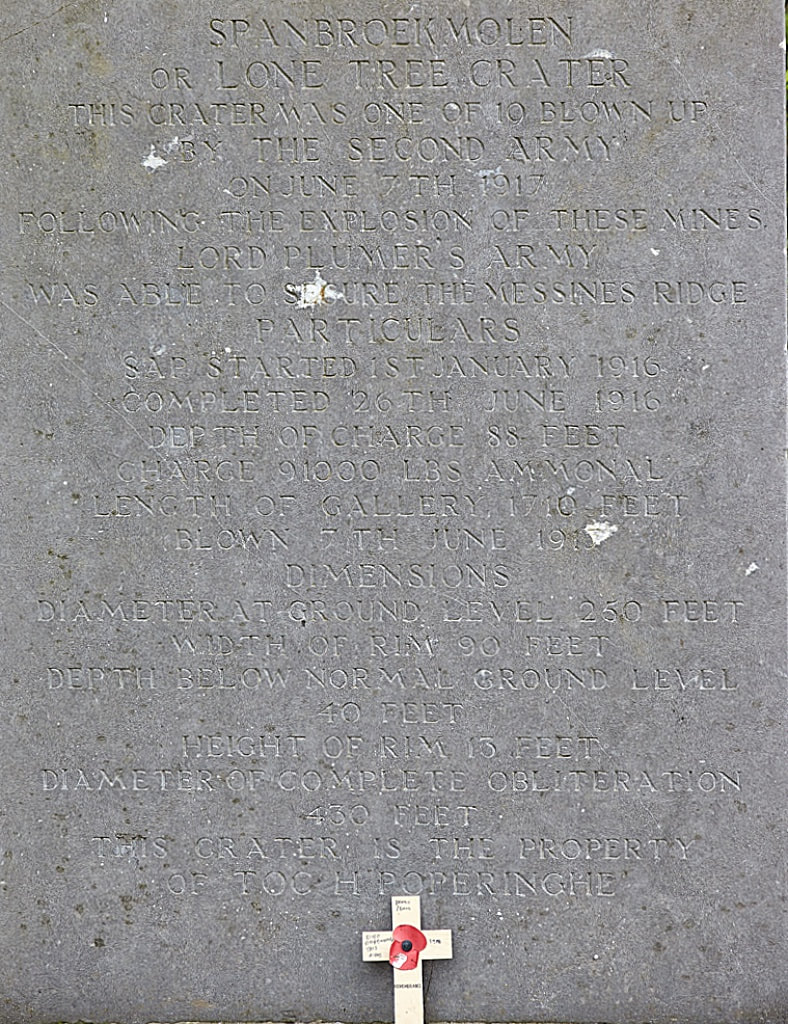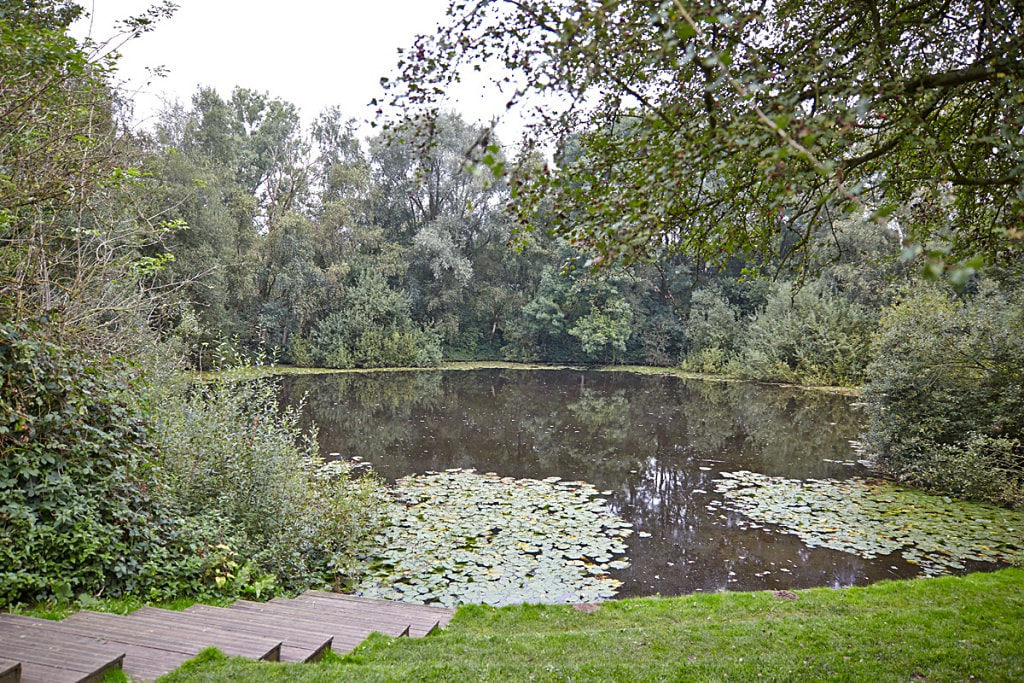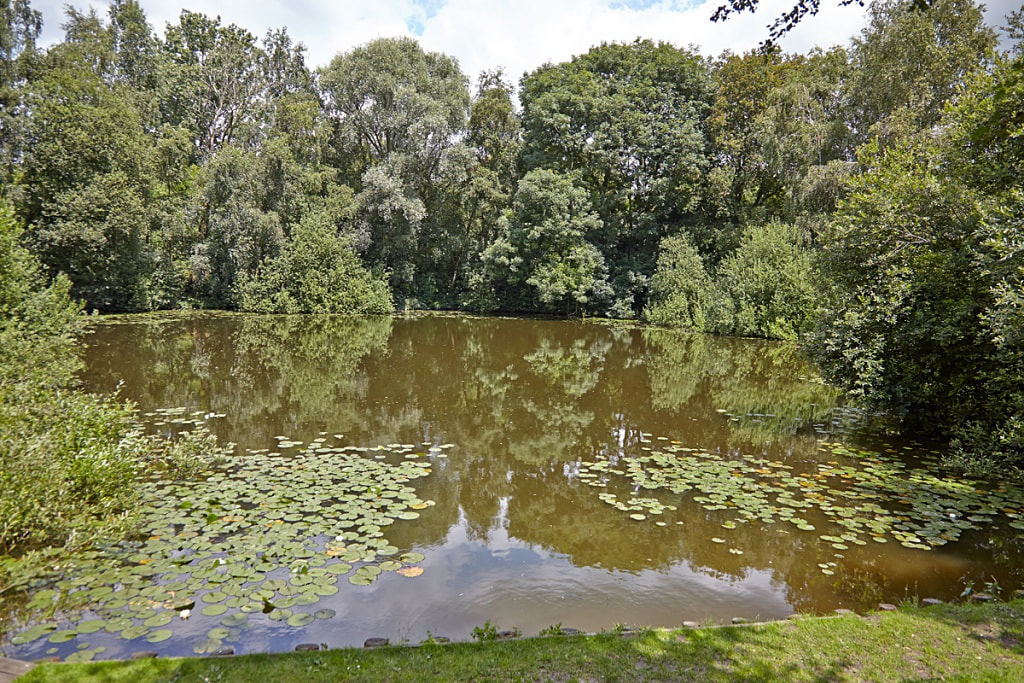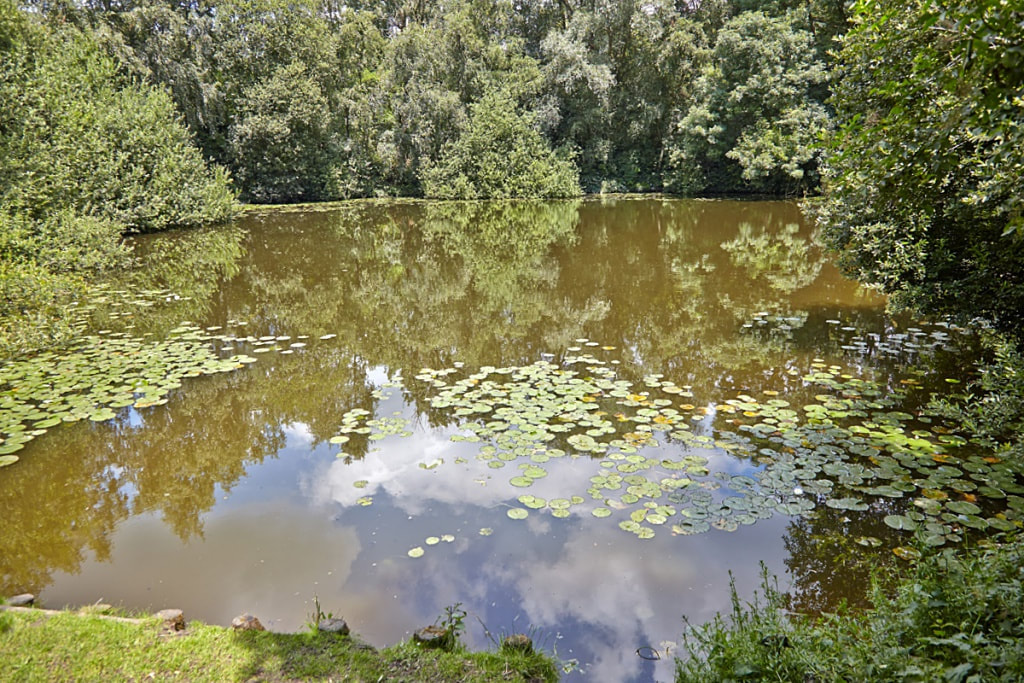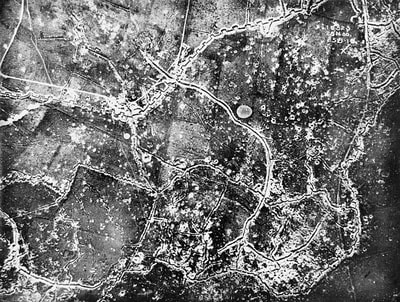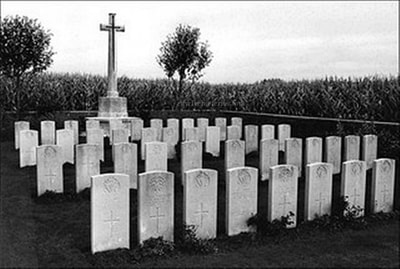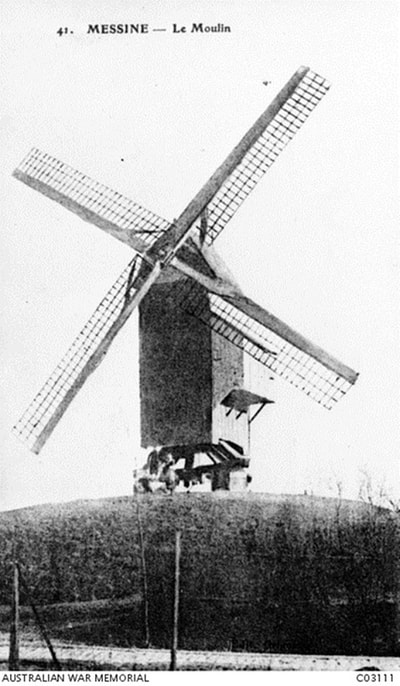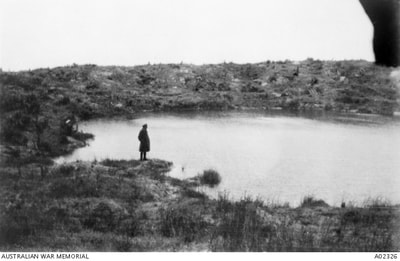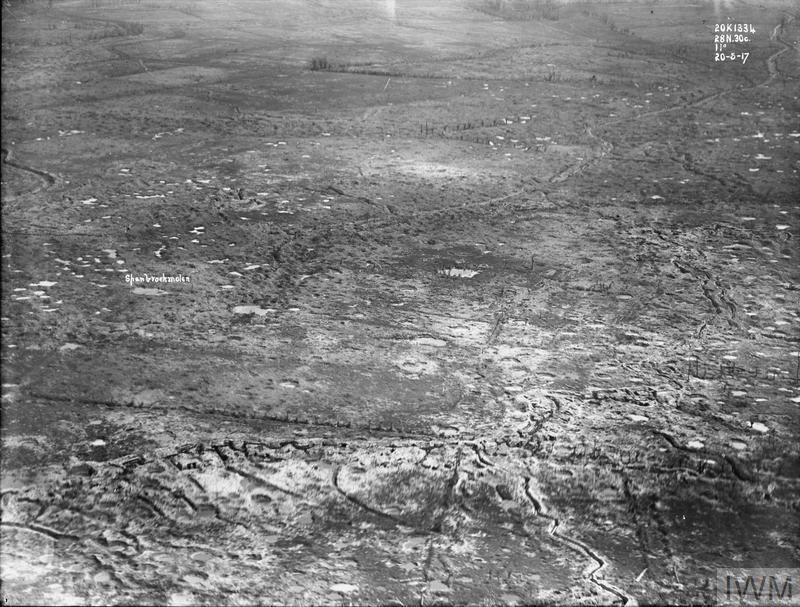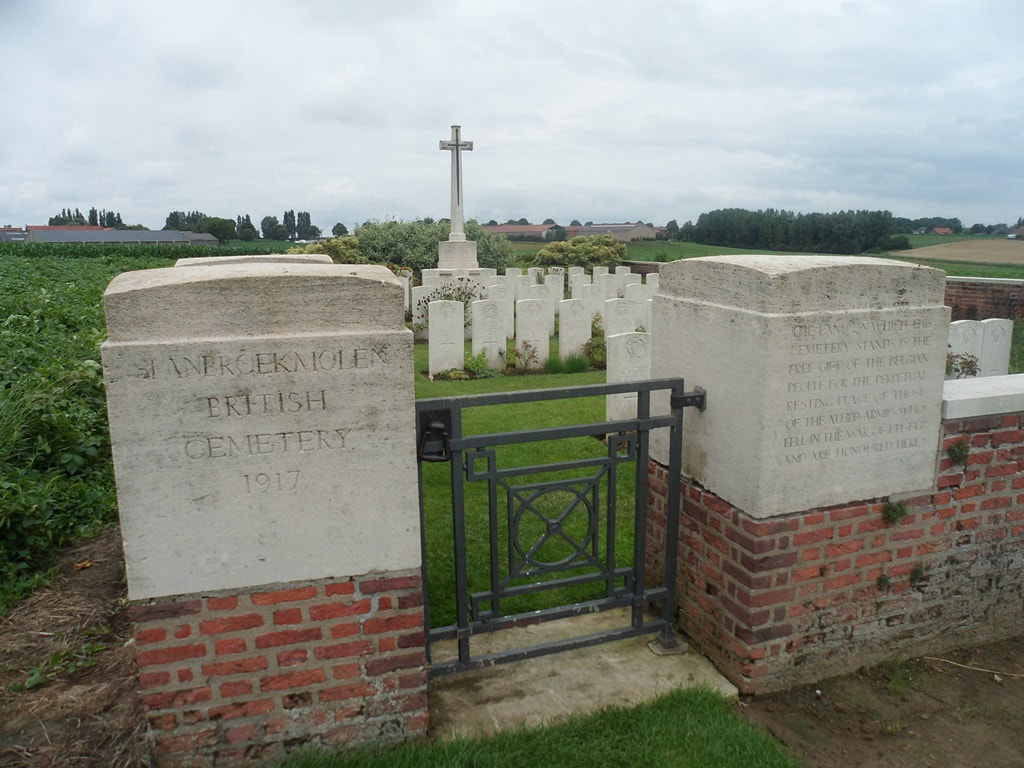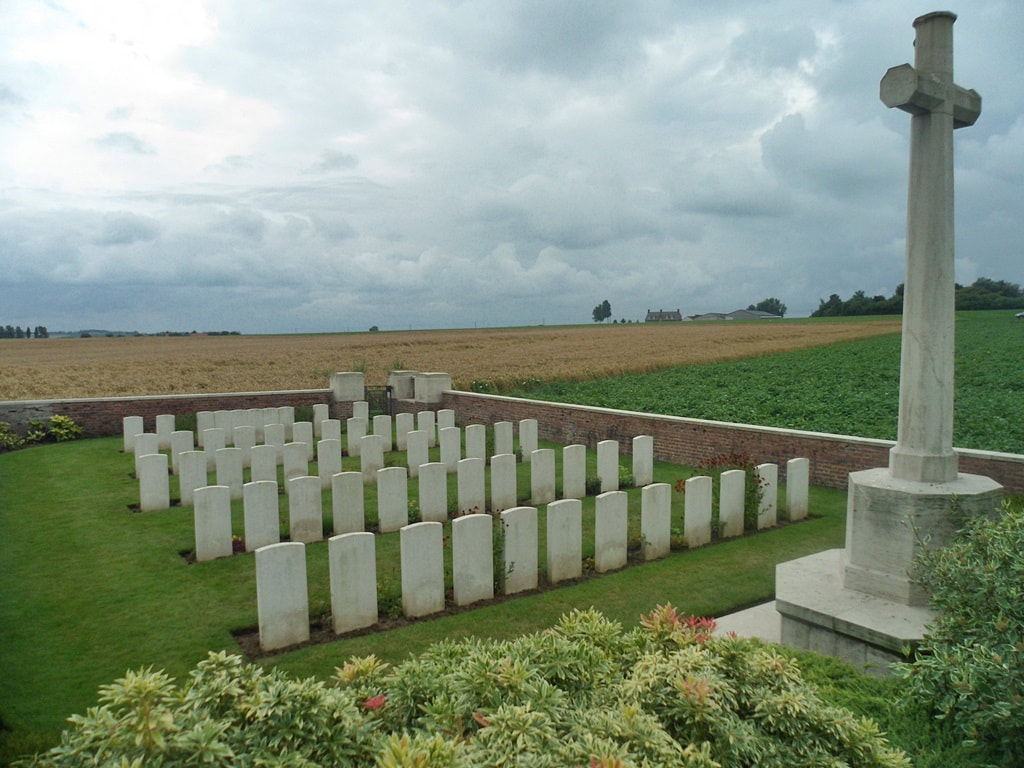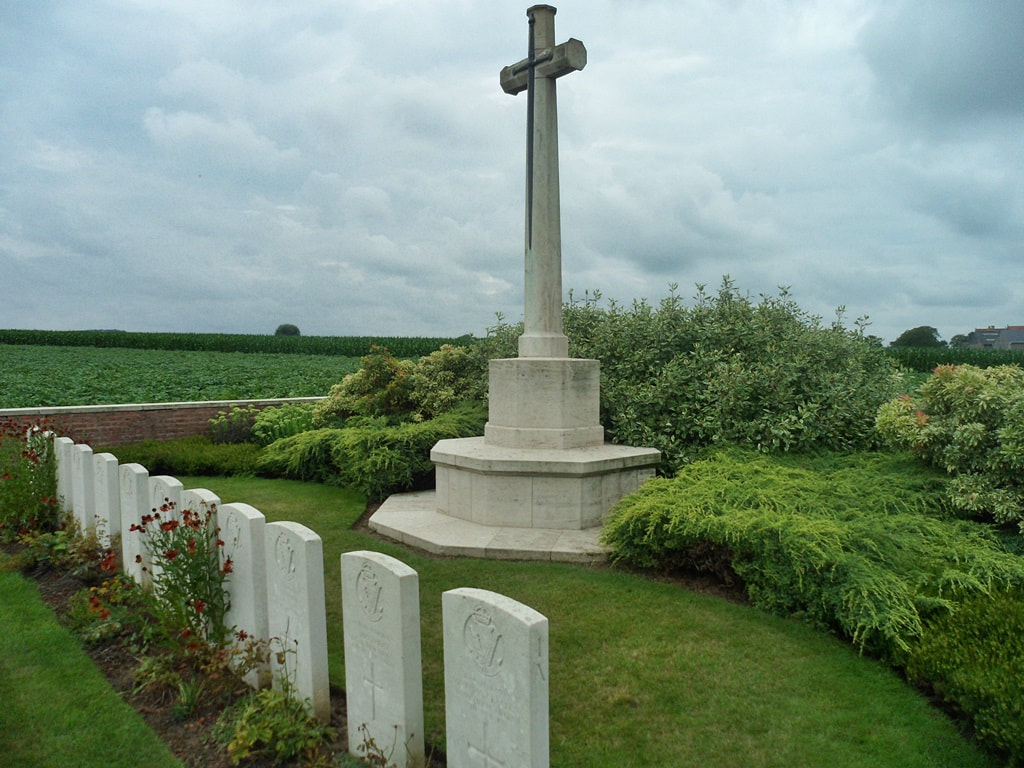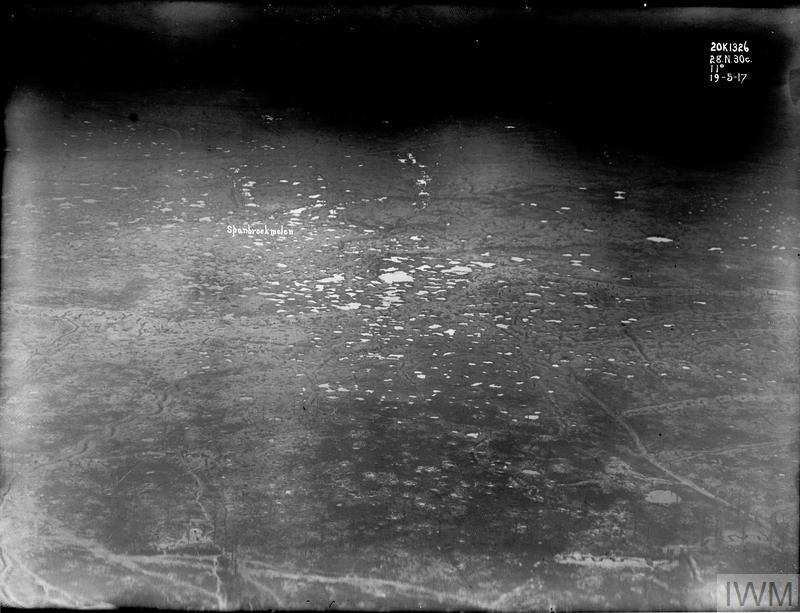SPANBROEKMOLEN BRITISH CEMETERY
West-Vlaanderen
Belgium
GPS Coordinates - Latitude: 50.77826, Longitude: 2.86702
Location Information
Spanbroekmolen British Cemetery is located 8 Km south of Ieper town centre, on a road leading from the Rijselseweg N365, which connects Ieper to Wijtschate and onto Armentieres.
From Ieper town centre the Rijselsestraat runs from the market square, through the Lille Gate (Rijselpoort) and directly over the crossroads with the Ieper ring road. The road name then changes to the Rijselseweg.
On reaching the village of Wijtschate the first right hand turning is the Hospicestraat leading onto the village square. The Wijtschatestraat leads from the village square, 1.5 Km beyond which lies the Scheerstraat on the left hand side. The cemetery itself lies 500 metres along the Scheerstraat on the left hand side of the road.
Visitors to this site should note the 200 metre grassed access path which is unsuitable for vehicles.
Visiting Information
Wheelchair access possible via main entrance.
Historical Information
The cemetery is named after a windmill which stood nearby and contains the graves of men killed in action on the first (or, in three cases the second) day of the Battle of Messines in 1917. The cemetery was destroyed in subsequent operations but found again after the Armistice.
There are 58 casualties of the First World War buried or commemorated in the cemetery. Special memorials commemorate six servicemen who were known to have been buried in the cemetery but whose graves were later destroyed.
The cemetery was designed by J R Truelove.
Total Burials: 58.
Identified Casualties: United Kingdom 52. Total 52.
Spanbroekmolen British Cemetery is located 8 Km south of Ieper town centre, on a road leading from the Rijselseweg N365, which connects Ieper to Wijtschate and onto Armentieres.
From Ieper town centre the Rijselsestraat runs from the market square, through the Lille Gate (Rijselpoort) and directly over the crossroads with the Ieper ring road. The road name then changes to the Rijselseweg.
On reaching the village of Wijtschate the first right hand turning is the Hospicestraat leading onto the village square. The Wijtschatestraat leads from the village square, 1.5 Km beyond which lies the Scheerstraat on the left hand side. The cemetery itself lies 500 metres along the Scheerstraat on the left hand side of the road.
Visitors to this site should note the 200 metre grassed access path which is unsuitable for vehicles.
Visiting Information
Wheelchair access possible via main entrance.
Historical Information
The cemetery is named after a windmill which stood nearby and contains the graves of men killed in action on the first (or, in three cases the second) day of the Battle of Messines in 1917. The cemetery was destroyed in subsequent operations but found again after the Armistice.
There are 58 casualties of the First World War buried or commemorated in the cemetery. Special memorials commemorate six servicemen who were known to have been buried in the cemetery but whose graves were later destroyed.
The cemetery was designed by J R Truelove.
Total Burials: 58.
Identified Casualties: United Kingdom 52. Total 52.
Images in this gallery © Geerhard Joos
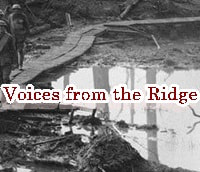
After the tremor we saw the flames. I think Kruisstraat was the first, Spanbroekmolen, almost simultaneously with it. A sheet of flame that got tongued in the end. It went up higher than St Paul's - I estimated about 800 feet. It was a white incandescent light, we knew that the temperature was about 3,000 degrees centigrade. The German's there went up as gas. The biggest bit of German I found afterwards was one foot in a boot. (Lieut. Bryan Frayling)
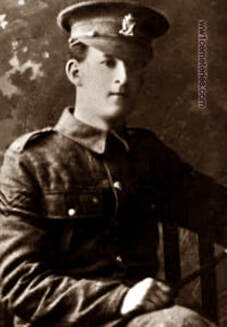
1213 Serjeant
William T. H. Bridgett
"D" Coy. 9th Bn. Royal Irish Rifles
7th June 1917, aged 20.
Row D. 4.
Son of William and Annie Bridgett, of 98, Great Victoria St., Belfast.
His headstone bears the inscription; "Better To Go Out With Honour Than To Survive With Shame."
William T. H. Bridgett
"D" Coy. 9th Bn. Royal Irish Rifles
7th June 1917, aged 20.
Row D. 4.
Son of William and Annie Bridgett, of 98, Great Victoria St., Belfast.
His headstone bears the inscription; "Better To Go Out With Honour Than To Survive With Shame."
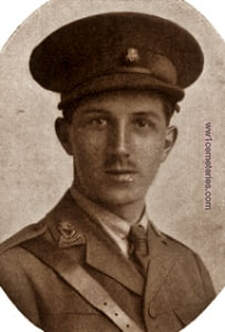
Second Lieutenant
Sydney James Livingston Downey
14th Bn. Royal Irish Rifles
7th June 1917, aged 21.
Row A. 10.
Son of James Livingston Downey and Marion Louisa Downey, of 7, Hampden Terrace, Rugby St., Belfast.
His headstone bears the inscription; "He Was Much Beloved."
Sydney James Livingston Downey
14th Bn. Royal Irish Rifles
7th June 1917, aged 21.
Row A. 10.
Son of James Livingston Downey and Marion Louisa Downey, of 7, Hampden Terrace, Rugby St., Belfast.
His headstone bears the inscription; "He Was Much Beloved."
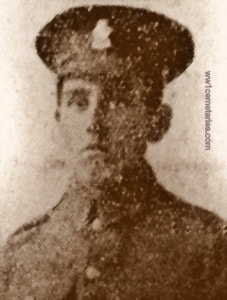
2210 Lance Corporal
Hugh Lindsay
11th Bn. Royal Irish Rifles
7th June 1917, aged 21.
Row D. 7.
Son of Mr. and Mrs. David Lindsay, of Main St., Crumlin, Co. Antrim.
Hugh Lindsay
11th Bn. Royal Irish Rifles
7th June 1917, aged 21.
Row D. 7.
Son of Mr. and Mrs. David Lindsay, of Main St., Crumlin, Co. Antrim.
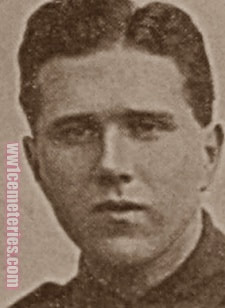
14/16657 Rifleman
William Kennedy
14th Bn. Royal Irish Rifles
7th June 1917.
Row C. 1
Son of The Rev. S. G. Kennedy, of Cromwell House, Cromwell Road, Belfast. His brother, Second Lieutenant James Kennedy also fell and is buried at Grand-Seraucourt British Cemetery.
Picture of grave in gallery below.
William Kennedy
14th Bn. Royal Irish Rifles
7th June 1917.
Row C. 1
Son of The Rev. S. G. Kennedy, of Cromwell House, Cromwell Road, Belfast. His brother, Second Lieutenant James Kennedy also fell and is buried at Grand-Seraucourt British Cemetery.
Picture of grave in gallery below.
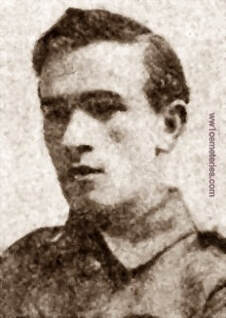
14/6726 Corporal
Samuel Macauley
14th Bn. Royal Irish Rifles
7th June 1917, aged 24.
Row A. 11.
Son of Susan Macaulay, of 14, Mount Collyer Avenue, York Rd., Belfast, and the late Samuel Macaulay.
His headstone bears the inscription; "I Shall Go To Him But He Shall Not Return To Me. II Samuel Ch. 12. V. 23."
Samuel Macauley
14th Bn. Royal Irish Rifles
7th June 1917, aged 24.
Row A. 11.
Son of Susan Macaulay, of 14, Mount Collyer Avenue, York Rd., Belfast, and the late Samuel Macaulay.
His headstone bears the inscription; "I Shall Go To Him But He Shall Not Return To Me. II Samuel Ch. 12. V. 23."
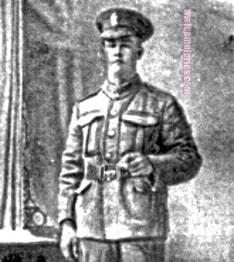
18/1289 Rifleman
Hugh Rock
11th Bn. Royal Irish Rifles
8th June 1917, aged 22.
Row A. 9.
Son of George and Agnes Rock, of Ballylig, Killagan, Belfast. Native of Cloughmills, Belfast.
His headstone bears the inscription; "Oh Learn The Art Of War No More, But Trust The God Of Peace."
Hugh Rock
11th Bn. Royal Irish Rifles
8th June 1917, aged 22.
Row A. 9.
Son of George and Agnes Rock, of Ballylig, Killagan, Belfast. Native of Cloughmills, Belfast.
His headstone bears the inscription; "Oh Learn The Art Of War No More, But Trust The God Of Peace."
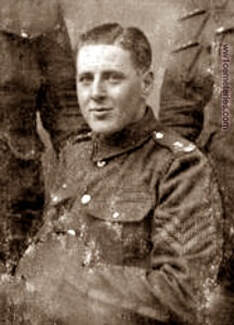
16215 Serjeant
David George Wilson
11th Bn. Royal Inniskilling Fusiliers
7th June 1917.
Row B. 6.
David George Wilson
11th Bn. Royal Inniskilling Fusiliers
7th June 1917.
Row B. 6.
Images in this gallery © Werner Van Caneghem
The Spanbroekmolen or Lone Tree Crater
The mine at Spanbroekmoelen was started by 171st Tunneling Company, Royal Engineers, on 1st January. Six months later the mine was finished. The main charge for the mine was made up of 50 LB (pound) boxes of ammonol, totalling 90,000 lbs (pounds). The main charge was finally completed on 28th June 1916 and officially completed, according to the War Diary, on 1st July 1916. The mine was detonated on the morning of 7th June 1917.
The mine crater was purchased for Toc H by Lord Wakefield in the 1920s to be preserved as a memorial site on the Ypres Salient battlefields. The mine crater has subsequently been named the “Pool of Peace” and is still the property of Toc H in Poperinge.
The mine crater was purchased for Toc H by Lord Wakefield in the 1920s to be preserved as a memorial site on the Ypres Salient battlefields. The mine crater has subsequently been named the “Pool of Peace” and is still the property of Toc H in Poperinge.
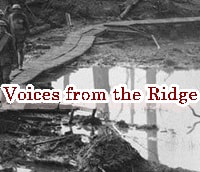
.....We all got out of the tank and walked over to this huge crater. You'd never seen anything like the size of it; you'd never think that explosives would do it. But I saw about 150 Germans laid there, in different positions, throwing a bomb, a gun on their shoulder, all laid there dead. The mine had killed them. The crew stood there for about five minutes and looked. It made us think. That mine had won the battle before it started. We looked at each other as we came away and the sight of it remained with you always. To see them all laid there with their eyes open. (Pte. Frederick Collins)


